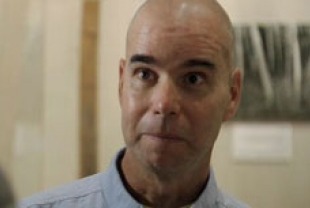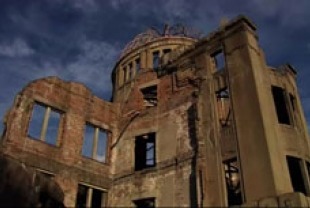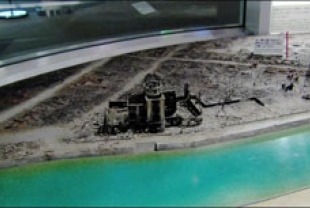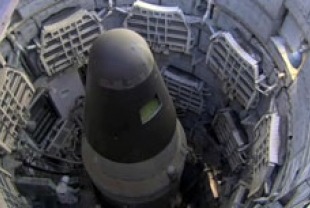On August 6, 1945, the United States dropped an atomic bomb on the Japanese city of Hiroshima. Three days later, on August 9, another bomb was dropped on Nagasaki. These nuclear weapons killed nearly 300,000 people, almost all civilians, and injured tens of thousands more. Even today, survivors try to cope with horrific memories and terrible health consequences from the bombs.
President Harry Truman said he issued the orders to drop the atomic bombs in order to bring World War II to an end. But many experts claim he was covering up the real reason: to test weapons to use in any future military confrontation with Russia. The men, women, and children who lost their lives had no direct bearing on any Japanese military operation. After the United States led the way, ten other nations have stockpiled nuclear weapons, resulting in 23,000 weapons worldwide (with the combined explosive yield of 650,000 Hiroshima bombs). All this years after the Cold War has ended.
Filmmakers Bud Ryan and Stuart Overbey spent four years working on their directorial debut The Forgotten Bomb. A trip to Hiroshima in 1991 convinced Ryan to become an anti-nuclear activist and tell the scary story of nuclear weapons. He founded and leads Pax Christi in New Mexico, which is part of an international Catholic Peace Organization. Serving as our guide, Ryan makes it clear that these weapons of mass destruction represent the fear of the "other." He learns a lot about this in visits to the Hiroshima Peace Museum in Japan and even more in various "Nuclear Science" museums in the United States where patriotic Americans voice their support the use of the bombs in World War II. In addition, nuclear power plants are enthusiastically supported as the wave of the future — despite the potential for accidents.
Ryan also visits Los Alamos where he talks with a variety of people about the development of the atomic bombs, the tests that were done on it in the desert without letting soldiers or civilians know about the dangers to their health, and the continuing release of toxins in the city where bombs are still being made. Most frightening of all is the cavalier response by many to the accidents involving nuclear weapons which have already happened. Washington politicians allocate millions of dollars to the development of these death-dealers. And although nobody talks about it, thousands of nuclear weapons in the U.S. and Russia remain on high alert, ready to destroy the planet with a series of big bangs.
This documentary presents first-person accounts and interviews with Manhattan Project scientists; former U.S. Secretary of State George Shultz; authors Gar Alperovitz, Jonathan Schell, and Jim Douglass; Ivan Oelrich of the Federation of American Scientists, Dr. Mike McNally of the Physicians for Social Responsibility, and religious leaders John Dear and Rabbi Michael Lerner.
The Forgotten Bomb challenges us to work hard to end the continuing production of nuclear weapons and the creation of new nuclear power plants. It is time to get rid of the bombs in the ground aimed at Russia (and urge Russia to also disarm) and to give up the fantasy that the United States can be protected with a missile shield apparatus in space. Jonathan Schell suggests we develop the ideal of a "universal parenthood" where each citizen is responsible for looking after fellow human beings. Bombs would not be part of that picture.
Special features on the DVD include an extended interview with George Schultz, former U.S. Secretary of State



